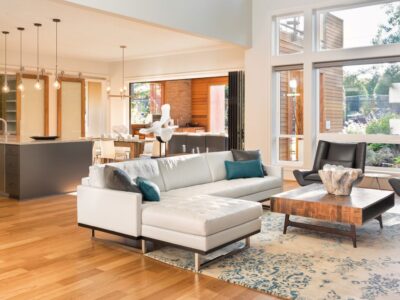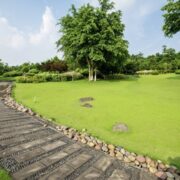People build ADUs for various reasons. This could be to create extra room for family members away from the main home or to make a passive income by putting it up for rent. ADUs, also called accessory dwelling units, are secondary living units or apartments which share a building lot with a larger primary home. Before becoming ADU builders, there are some things you need to put into consideration.
What you Should know Before you Start
There are different types of ADUs, and several factors determine what type would be best suited for you. Factors such as; the layout of your primary home, the land, ADU laws and regulations in your region, and your specific needs and vision of the ADU. These factors help you decide what type of ADU to consider.
These factors let you know if a detached ADU is an independent space on your land is your best fit or if an attached ADU, which shares a wall with your primary home, is a better fit. You could also consider a garage ADU which could be a renovated garage or a new above the garage construction.
An interior ADU, where you can convert your basement or attic into a separate living quarter, is also a possibility. Basement conversions are, however, more expensive and complex than attic conversions and, therefore, more popular amongst ADU builders.
You need to understand that building an ADU in your home is more than just adding an extra room to your building. ADUs must include basic household necessities such as the kitchen and bathroom. Therefore, more than enough thoughts have to go into the electric, plumbing, and mechanical needs of the building.
Regulations in your state or localities regarding setting up ADUs should be largely considered before embarking on building an ADU. For example, certain state regulations may limit the number of units to have, the maximum height of the ADU, utilities provided, fire safety, parking, and entrance.
The time frame for building an ADU, from getting the construction permits to completion, can be between 9-14 months or more if it is a DIY ADU construction. Although, prefabricated ADUs use less time. This is because they are constructed in a factory and shipped to be installed on the user’s Land. Therefore, it can be ready for habitation within six weeks.
Cost is another important factor to consider when building your ADU. Cost of payments to the construction team and other costs such as unit size and material costs should be fully budgeted for. Therefore, you should stick to a realistic budget and also leave room in your budget for unexpected expenses.
Building your ADU.
Now that you have decided on what type of ADU to build, familiarized yourself with the ordinances regulating ADU ownership in your locality, and have set aside funds to build your ADU, you can now start making plans to bring your ADU dreams to reality.
First, you have to make a stable plan. This includes property assessment and budget. Based on your budget and other factors, you have to decide between a prefab or DIY ADU. You also have to put in applications for a permit to build an ADU according to the regulations of your state and community.
Site preparation, structure framing, system installation, interior finishing, and landscaping are processes that you should expect to be done while building your ADU.
Now you have your ADU
Now that your ADU is built, you can add finishing touches to the property like adding a sidewalk or patio, updating the driveway, and refreshing the landscaping. Whether you want to rent it out or gift it to a family member, your secondary home tailored exactly to your preferences is ready to be inhabited.











